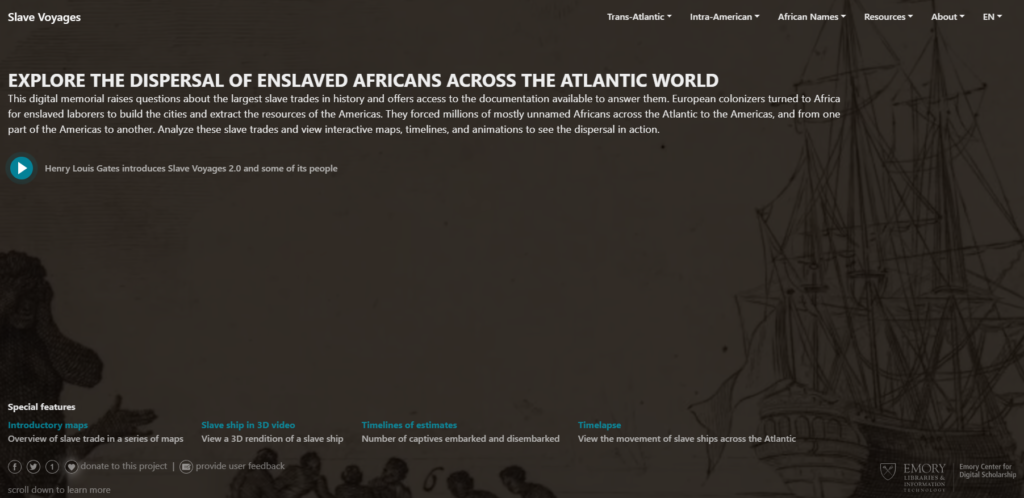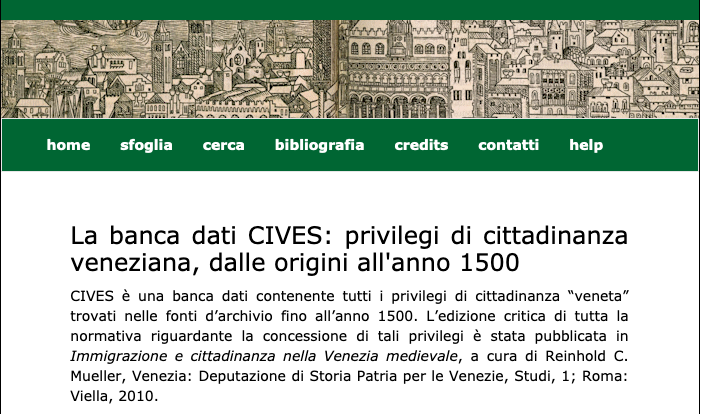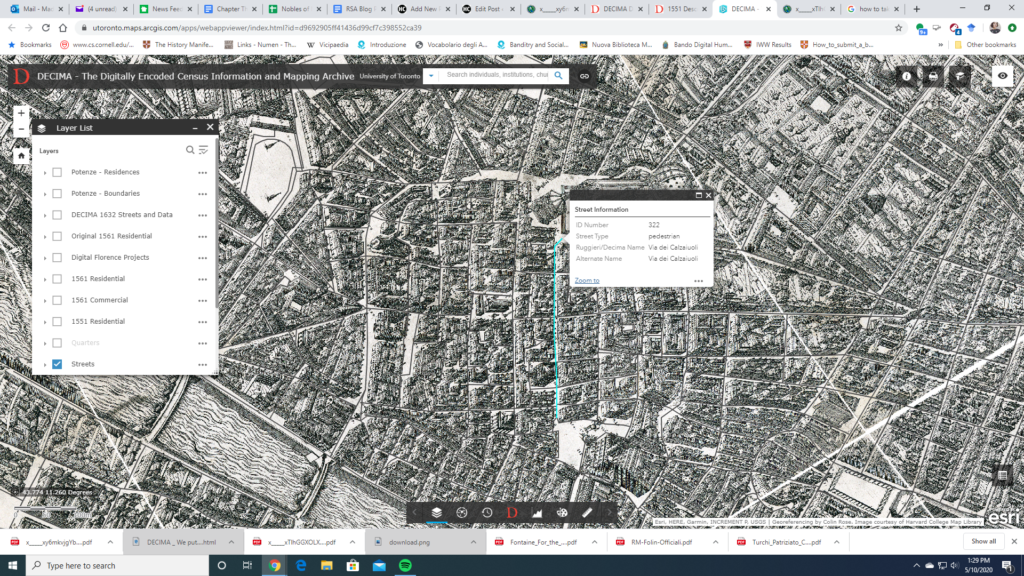
The DUCAC project – “Dubrovnik Civitas et Acta Consiliorum. Visualizing Development of the Late Medieval Urban Fabric” studied the relationships between the space-policy of the Dubrovnik government, its implementation, and the real changes in the urban fabric. The archival investigation examined the deliberations of the city councils (the Major, the Minor, and the Senate) from the first half of the 15th century. These deliberations are written down in 35 volumes. They have 7,972 folia, i.e. 15,944 pages, written predominantly in Latin. Focusing on topics of interest to art historians, the deliberations revealing information on the urban fabric – more precisely information about its construction, use, maintenance, as well as the management of these processes, were transcribed. The number of the total counted transcribed deliberations is 3341. They are offered in a map searchable database where deliberations can be found in accordance with the location of the building or the space they record. Only some of these newly discovered documents were thoroughly studied so far, comparing the data from the deliberations with the existing urban tissue and previously collected architectural, photographic, and archival documentation. These studies resulted in 2D or 3D visualizations, and are duly listed on the project web page. The database still offers abundant data for further in-depth research of Dubrovnik urban history.








